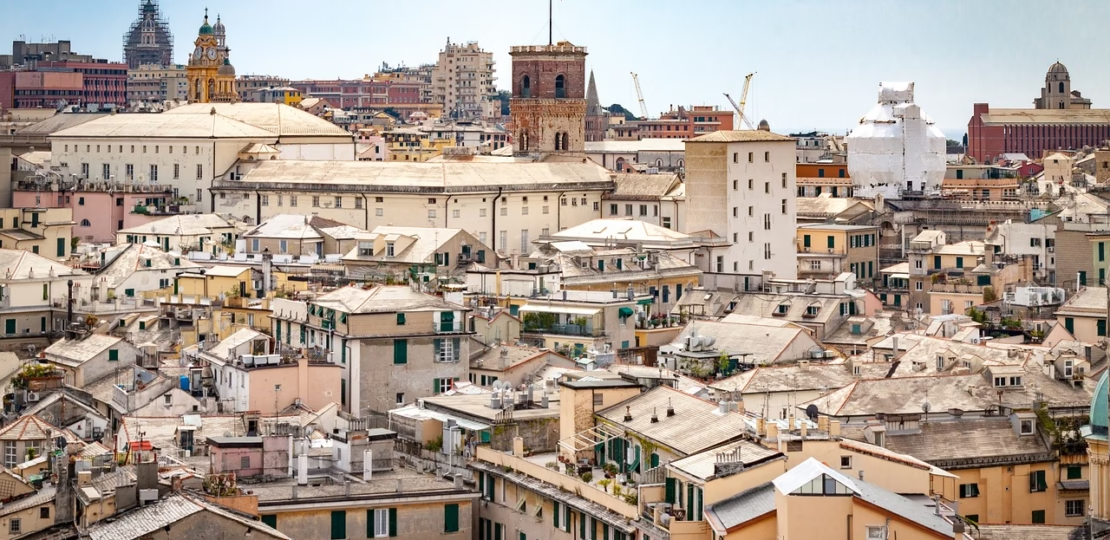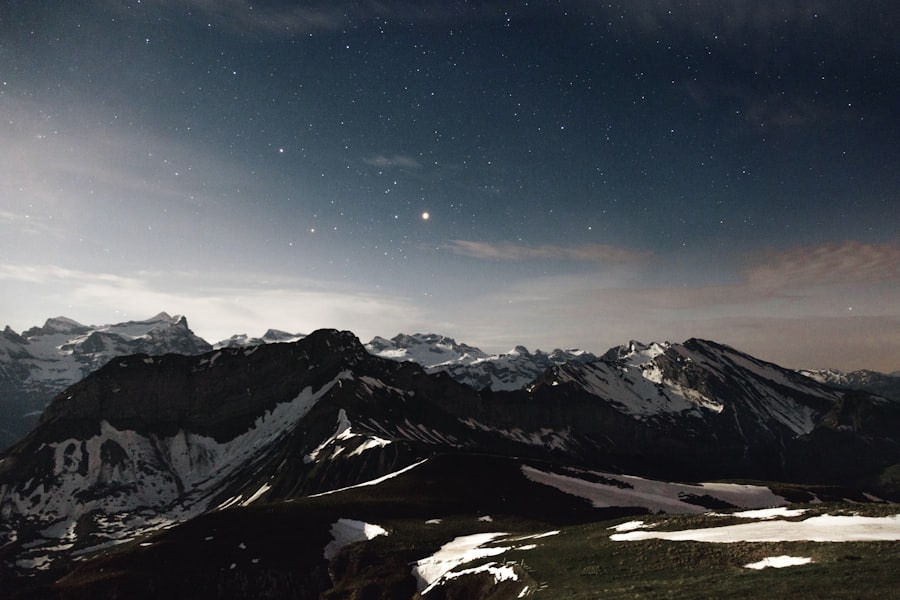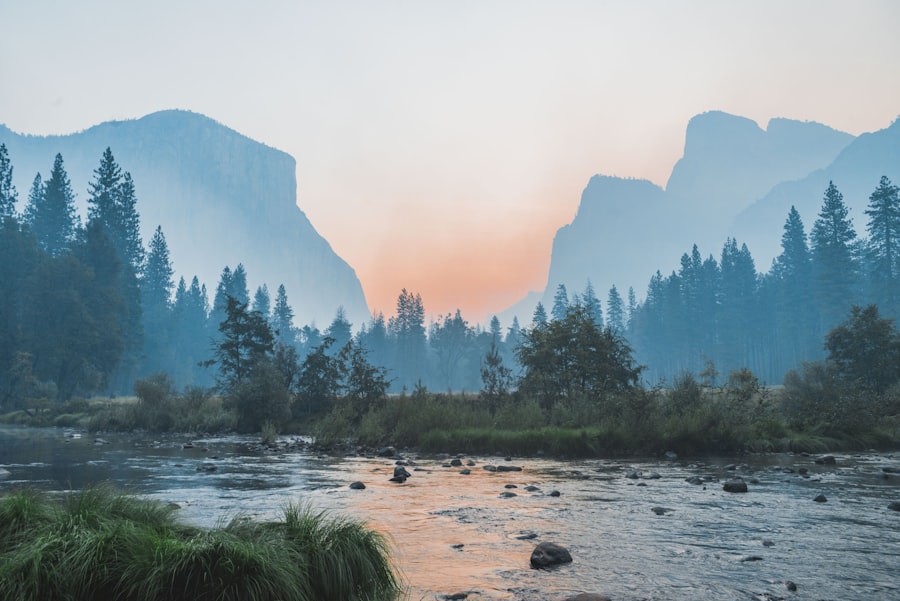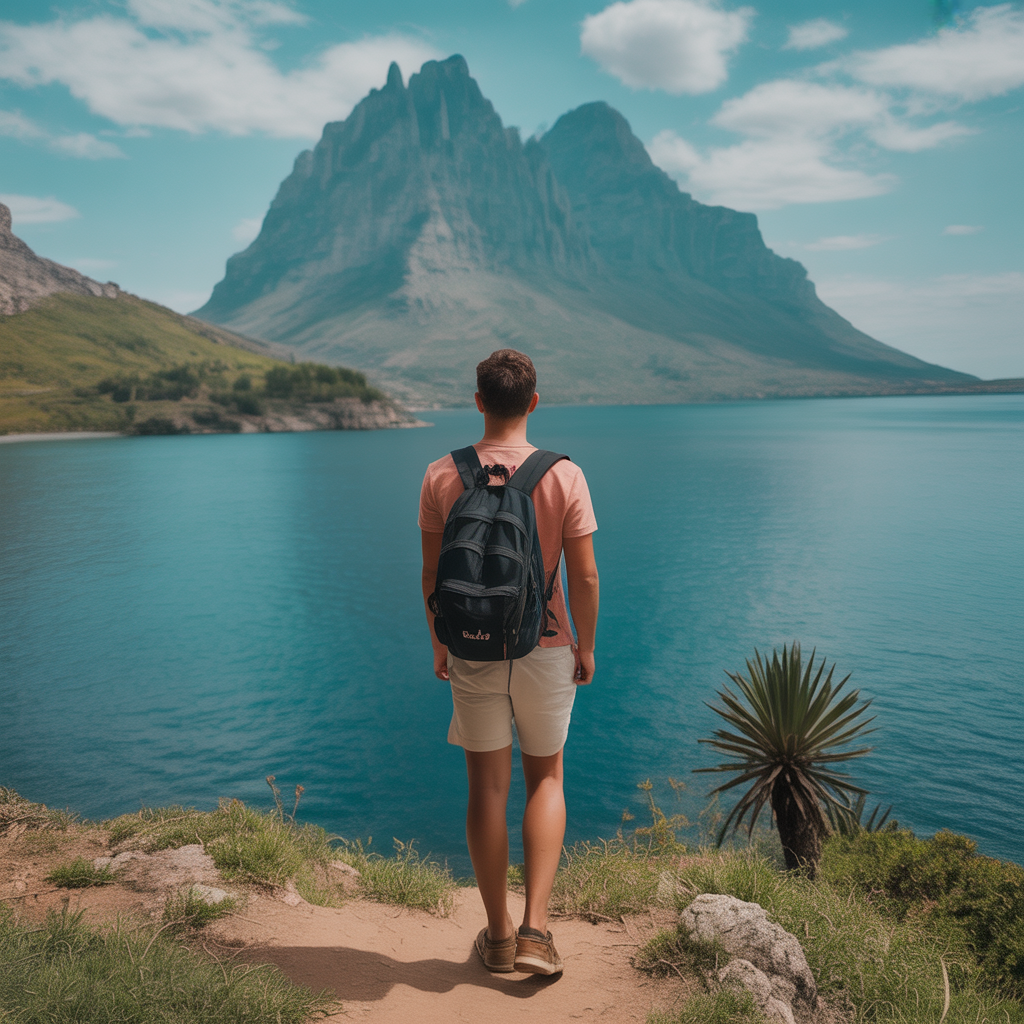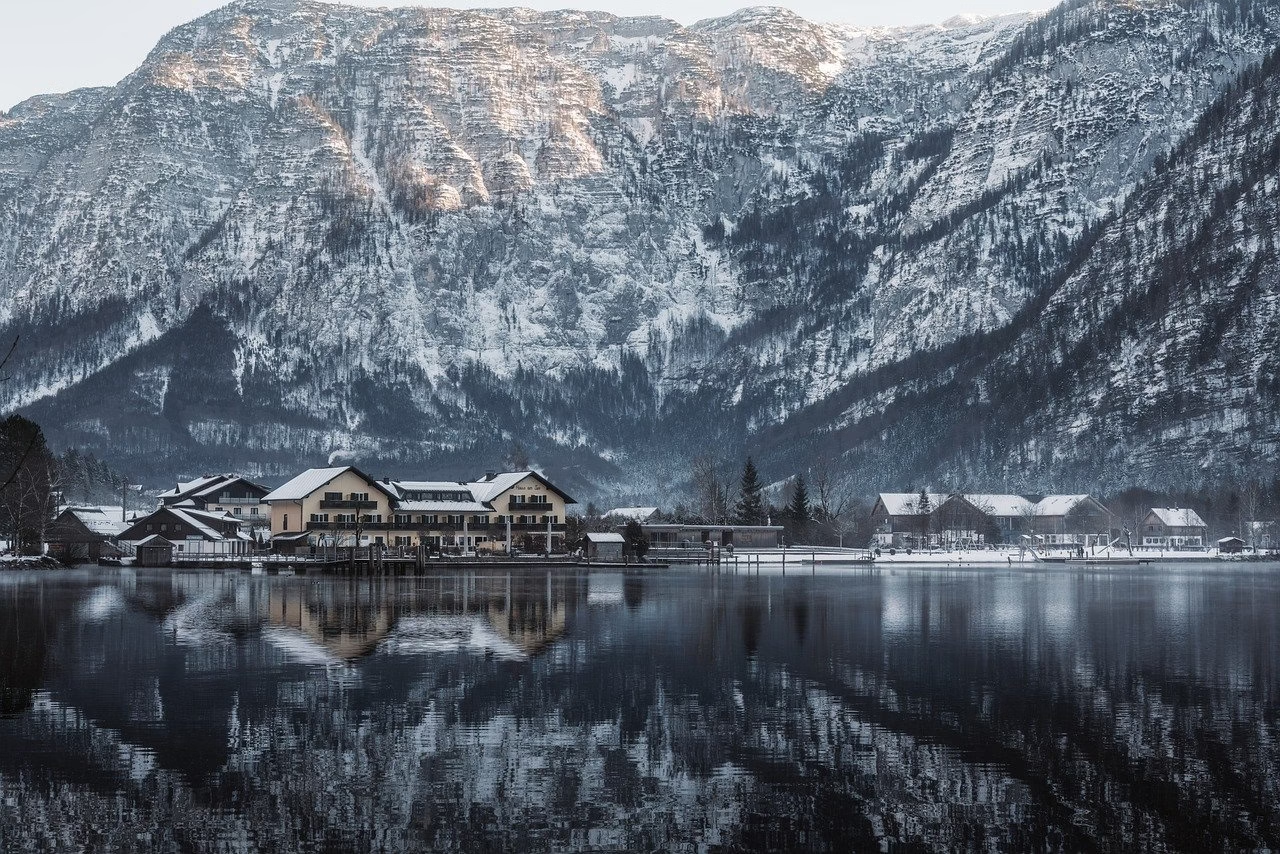The Rise of Noctourism
Night tourism isn’t simply a clever subversion of the diurnal norm—it’s a profound return to nature’s original rhythm. Throughout history, the night sky guided nomads, inspired poets, and cradled silent revolutions. Now, it also answers the modern quest for authenticity, sustainability, and awe. I trace this renaissance to those stifling city evenings where wanderlust wars against sweltering heat. The solution? Seek adventure beneath the lunar glow, where day’s fires relent and every shadow is thick with possibility.
“Night is not the absence of day, but its echo—painted in shades unseen, perfumed by silence, and enchanted by the unknown.”
Chasing Stars and Cool Breezes
My most transformative encounters have been written under the cover of darkness. In Morocco’s Agafay Desert, I mounted a camel beneath an onyx sky pricked by the constellations of a thousand ancestors. The air was merciful and brisk, the pulse of the land thrum beneath my feet. Every story I’d ever heard about the stars being brighter away from city lights is true—yet their luminance is much more than optical, it’s utterly spiritual.
In Tokyo, I roamed neon-lit alleyways where midnight ramen steam braided with incense and laughter—a different universe from day’s polite bustle. In northern Finland, I stood in silent reverence as the northern lights unfurled ribbons above snow-laced forests, transforming chill into electric ecstasy. Noctourism is not the province of insomniacs; it’s the kingdom of dreamers.
Beyond Comfort: Environmental and Cultural Wisdom
As climate change challenges how and when we travel, noctourism provides a gentle footprint. Fewer crowds, lower need for air-conditioning, and a natural alignment with local customs—think Spain’s midnight tapas, or Bedouin fireside tales in Jordan. The world feels more intimate at night. Spontaneous friendships flourish, hushed voices carry secrets and songs, and even familiar places become uncharted territory.
Guided night hikes in Costa Rica brought me face-to-face with creatures that shun the day: iridescent frogs, sidelong glances from kinkajous, and the haunting trance of a loon across a moonlit lake. I no longer measure travel by time zones or check-ins, but by the moments when my soul felt aligned with the heartbeat of the planet. These are the moments noctourism gifts most generously.
How to Embrace Noctourism
Start with curiosity. The world after eight o’clock is not just for night owls. Join a stargazing camp, meander through moonlit ruins, or let a festival of lanterns reframe your sense of time. Whatever the landscape—be it a Sydney shoreline whispering Pacific secrets, a bustling Marrakech souk, or a serenely deserted glacier—let the senses be your guide.
Pack a headlamp, an open mind, and a touch of reverence. Remember, in the quiet of the night, even the faintest sound has a story. Those who travel at night carry a hidden joy: the knowledge that they are part of a rare, shared myth, where the familiar becomes dreamlike and the unknown is an invitation.
“To walk at midnight is to wander through a living poem, where every step turns the world unfamiliar and wild again.”
Eternal Dusk, Endless Discovery
As I pen these memories, lanterns flicker in a far-off Turkish bazaar, coyotes croon in Yosemite’s starlit silence, and a samba band in Rio spins laughter into the humid night. Noctourism is more than trend—it’s an awakening. It’s an invitation to let wonder outlast the sunset, to discover that the true magic of travel sometimes begins only when the sun goes down.

